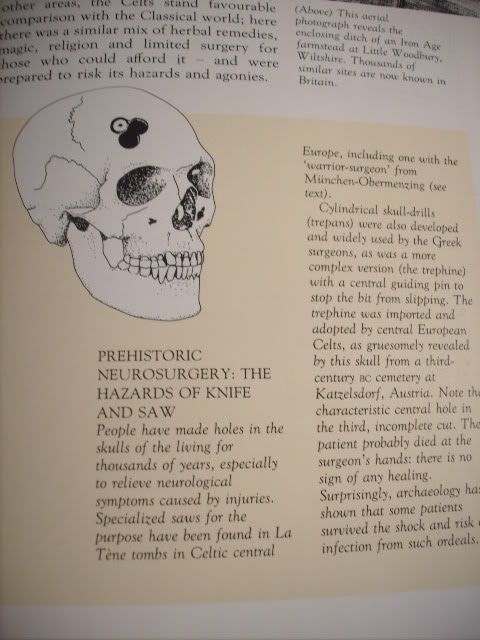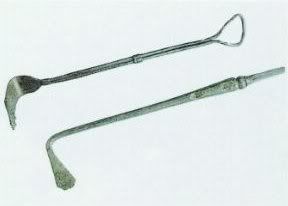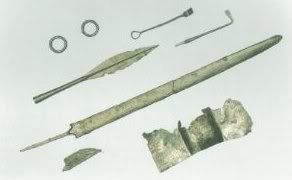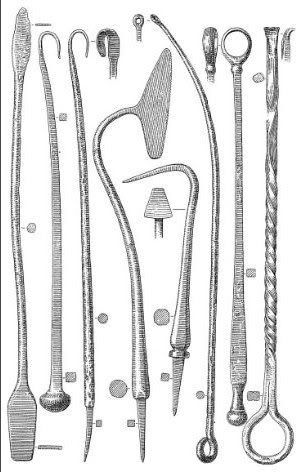"The presence of well-healed high-risk fractures that have a high risk of nerve damage or nonunion as well as less complicated fractures (e.g. to the metacarpals), suggests that practitioners were able to effectively cope with a wide range of traumas. Furthermore, the lack of non-union for all but one fracture (to the olecranon) and well healed calluses demonstrates that when people sustained their injuries, they were adequately nourished, could rest to ensure successful fracture union, and that their treatment may have included rehabilitation exercises to maximize joint function. The good apposition of all but one fracture indicates that both stable and unstable fracture types were reduced and splinted. The type of splints used in the Iron Age is unknown but they may have been made from vegetable string, sinew, bark, sticks, animal skins or clay. The humeral fractures observed in two males and one female demonstrate that practitioners were aware that these fractures required reduction and support, and had the knowledge to intervene in severe traumas. The same is also true of the unstable contre-coup fractures observed in one female,
whose highly successful treatment is in marked contrast to the later examples in Romano-British males. The bioarchaeological evidence demonstrates that it is no longer tenable to regard Iron Age communities as lacking in sophisticated medical knowledge, as people with potentially debilitating
traumas were successfully treated. Taken in conjunction with the archaeological evidence for the use of pharmaceutical plants and surgical instruments at Hengistbury Head (Dorset) and Stanway (Essex), this study illustrates how bioarchaeological data can be used to independently explore medical systems in periods lacking written or pictorial evidence."



 Reply With Quote
Reply With Quote

 donated by ARCHIPPOS for being friendly to new people.
donated by ARCHIPPOS for being friendly to new people. donated by Tellos Athenaios as a welcome to Campus Martius
donated by Tellos Athenaios as a welcome to Campus Martius
 )
)





 )
) I've read that the Germanics did care about hycene but who invented the soap, not so sure anymore now.
I've read that the Germanics did care about hycene but who invented the soap, not so sure anymore now. 





















Bookmarks